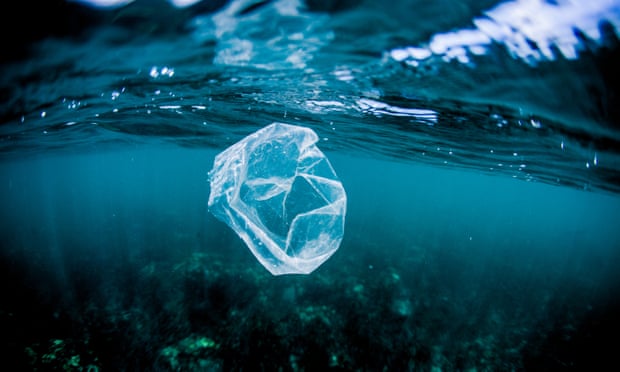World’s deepest waters becoming ‘ultimate sink’ for plastic waste

The world’s deepest ocean trenches are becoming “the ultimate sink” for plastic waste, according to a study that reveals contamination of animals even in these dark, remote regions of the planet. For the first time, scientists found microplastic ingestion by organisms in the Mariana trench and five other areas with a depth of more than 6,000 metres, prompting them to conclude “it is highly likely there are no marine ecosystems left that are not impacted by plastic pollution”.
The paper, published in the Royal Society Open Science journal, highlights the threat posed by non-biodegradable substances in clothes, containers and packaging, which make their way from household bins via dump sites and rivers to the oceans, where they break up and sink to the floor.
The impact of plastic in shallower waters – where it chokes dolphins, whales and seabirds – is already well documented in academic journals and by TV programmes such as David Attenborough’s Blue Planet. But the study shows this problem is far more profound than previously realised.
Researchers baited, caught and examined subsea creatures from six of the deepest places in the world – the Peru-Chile trench in the south-east Pacific, the New Hebrides and Kermadec trenches in the south-west Pacific, and the Japan trench, Izu-Bonin trench and Mariana trench in the north-west Pacific.

